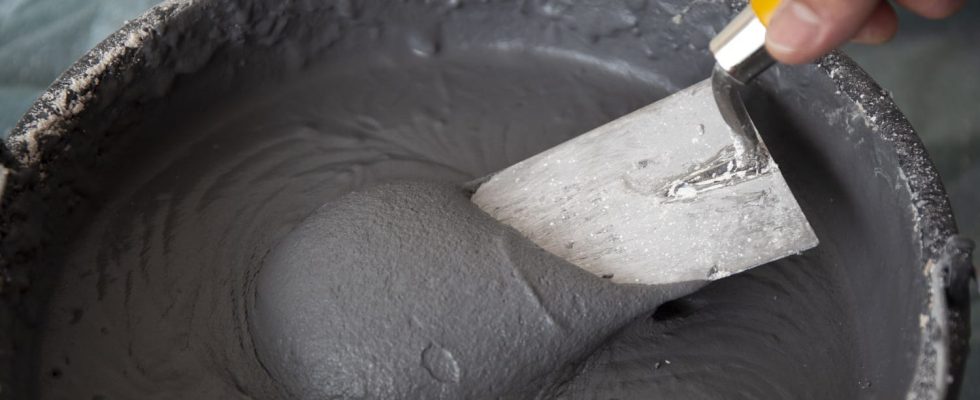The secret ingredient? Potato starch.
- Engineers from the University of Manchester claim their concrete is twice as strong as conventional concrete.
- They believe that future space constructions will need this solution.
- Potato starch replaces human blood as the key ingredient in the new recipe.
Manchester University’s new “StarCrete” (“space concrete”) is twice as strong as traditional concrete, making it a potential solution as a building material for Mars. Add alien dust and potato starch, and you have a potentially revolutionary material.
In a paper published in the journal Open Engineering, the research team demonstrated that potato starch can act as a binder when mixed with simulated Mars dust to produce a concrete-like material that achieves a compressive strength of 72 megapascals (MPa), more than double the 32 MPa seen in ordinary concrete. With lunar dust instead, one can even obtain a resistance of StarCrete at 91 MPa.
This resistance makes it a possible solution, according to the researchers, for a construction solution on Mars, with astronauts mixing Martian soil with potato starch – and a pinch of salt, no kidding – to obtain suitable concrete. to life on Mars. The team’s first recipes did not use potato starch, but offered blood and urine as a binding agent to reach 40 MPa. But not all astronauts would be enthusiastic about constantly bleeding themselves to build in space!
“Since we will produce starch as food for astronauts, it made sense to look at it as a binding agent rather than human blood,” says Aled Roberts, postdoctoral researcher at the Future Biomanufacturing Research Hub and principal investigator on the project, in A press release. “And anyway, astronauts probably don’t want to live in houses made of scabs of blood and urine.”
Potato starch could also simplify the process, with 25 kilograms of dehydrated potatoes containing enough starch for almost half a ton of StarCrete, or the equivalent of 213 bricks (a typical three-bedroom house uses 7,500 bricks).
“Current construction technologies still take many years to develop and require a lot of additional energy and heavy processing equipment, adding cost and complexity to a mission,” Roberts says. “StarCrete doesn’t need all of that, which simplifies the mission and makes it cheaper and more feasible.”
Research has shown that magnesium chloride, obtained either from the Martian surface or even from the tears of astronauts, “significantly improves the resistance” of the new material.
Now it’s about moving from StarCrete in the lab to reality.
